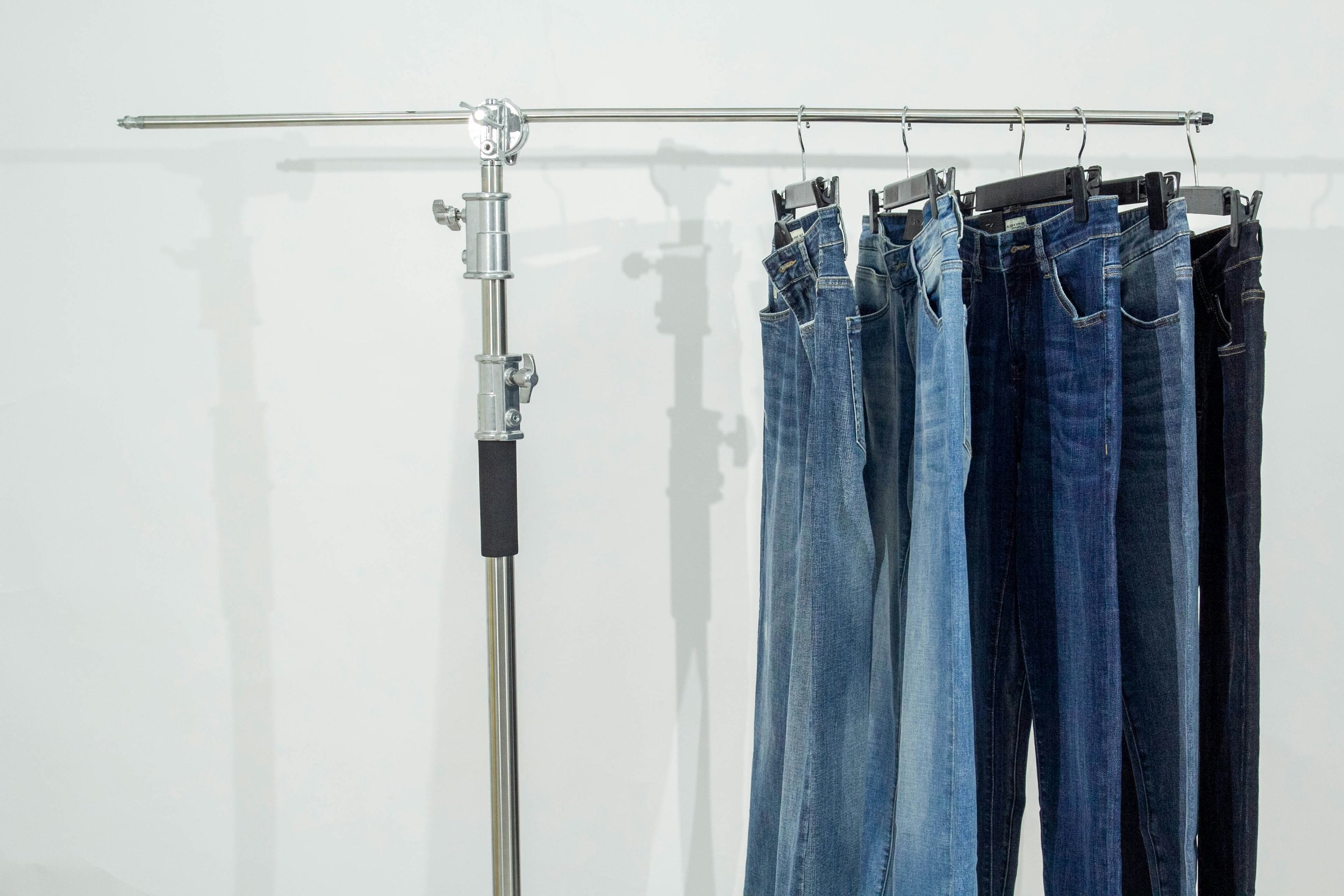Regenerative Denim Is Changing Jeans Forever — Here’s How
In the heart of Texas, a field of organic cotton ripples under a sun that feels ancient. Here, denim’s next chapter is being penned—not with bleach and chemical baths, but with soil-restoring cover crops and plant-based indigo vats. This is the age of regenerative denim, where every thread promises not just style, but a healed earth.
Long gone are the days when your favorite pair of jeans left a toxic wake of polluted rivers and exploited workers. Today, pioneers like MUD Jeans in Amsterdam close the loop by taking back worn denim to shred, re-spin, and re-dye—turning old favorites into fresh statements without sending a single yard to landfill. In Mongolia, Puna Cashmere’s sister brand Ovis partners with nomadic herders to ensure cashmere goats graze on regenerated grasslands, sequestering carbon even as they produce the world’s softest fleece.
“Denim is the new frontier of circularity,” says textile engineer Marlo van den Berg. “When we start thinking of garments as dynamic assets rather than disposable goods, the whole ecosystem shifts.”
Across the ocean in North Carolina, Oliver Spencer’s denim mill revives century‑old shuttle looms, crafting selvedge that gains character with every wear. Its waste water is filtered through living bio‑reactors of algae, scrubbing dyes and returning pristine water to local streams. Even the leather patches on the waistband come from tanneries that’ve committed to zero‑landfill policies.
The consumer’s role in this revolution is subtle, but profound. Investing in a pair of regenerative jeans means embracing slow style—a wardrobe that grows richer with every fade and repair. When you patch those knees with a flourish of contrasting denim or let the hem unravel into an artful fringe, you’re co-authoring the garment’s narrative.
This is not denim as a uniform of rebellion, but as a manifesto of responsibility. It whispers of fields nurtured, rivers cleansed, and a fashion industry reimagined. And the next time you slip into your jeans, consider not just the perfect fit, but the living world that helped cultivate them.


